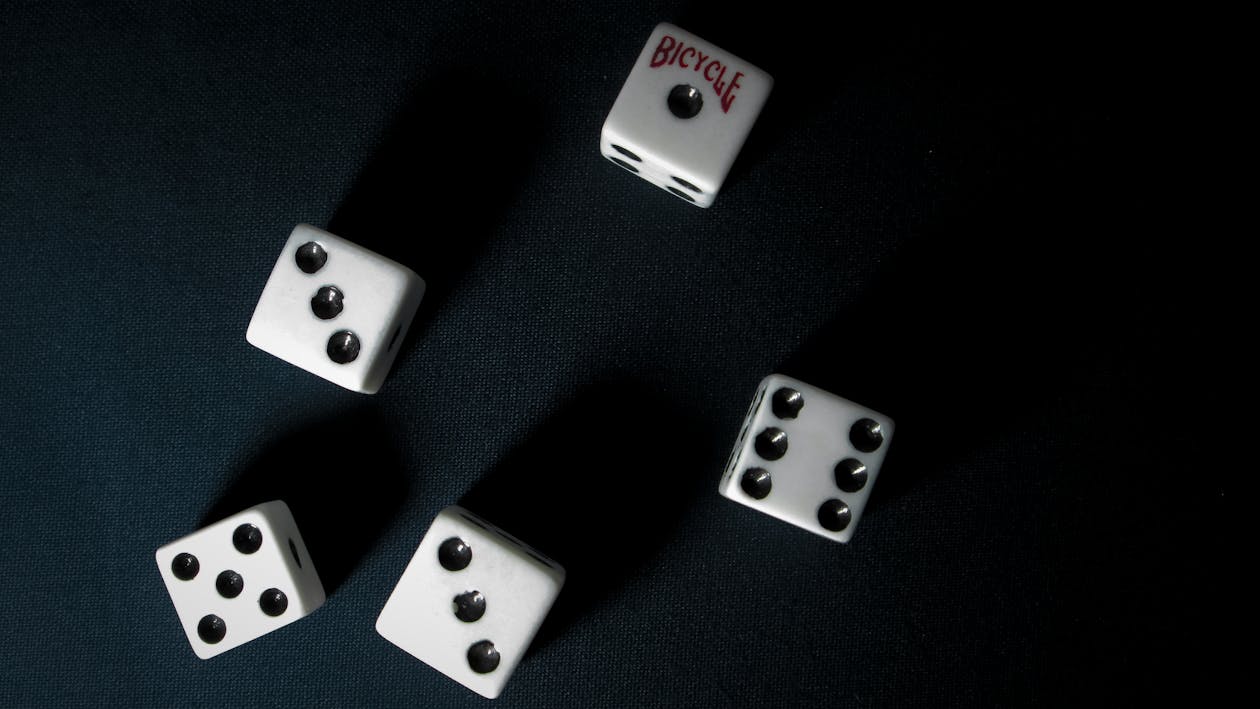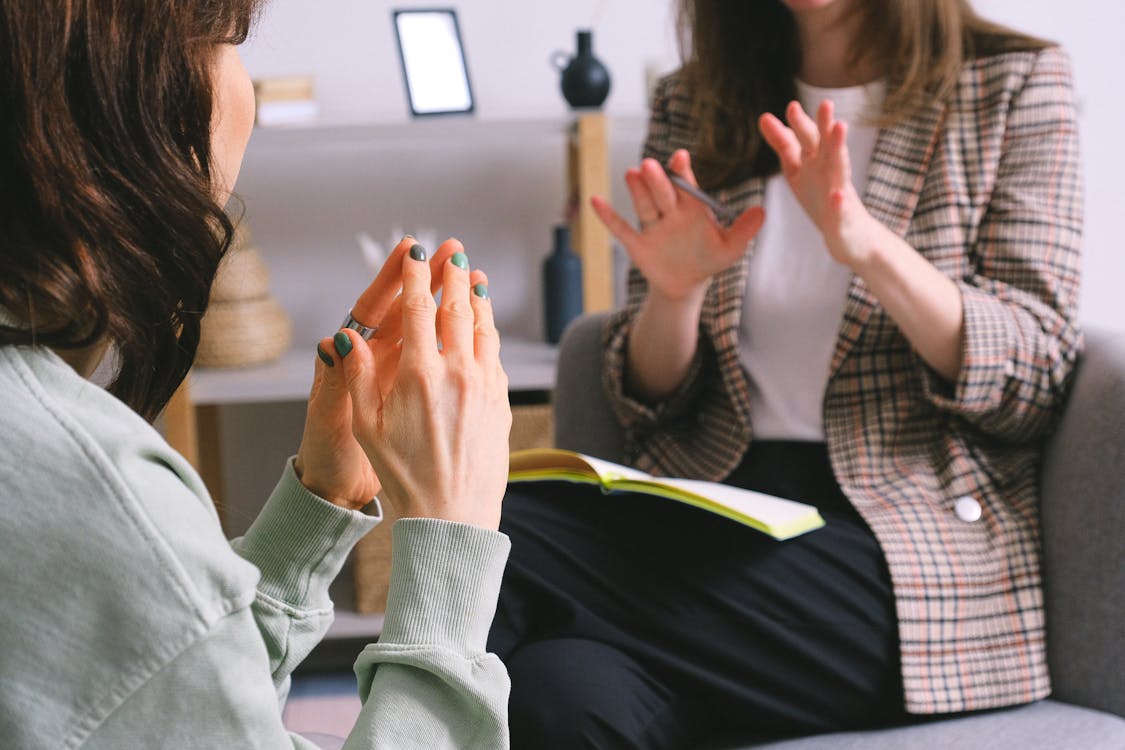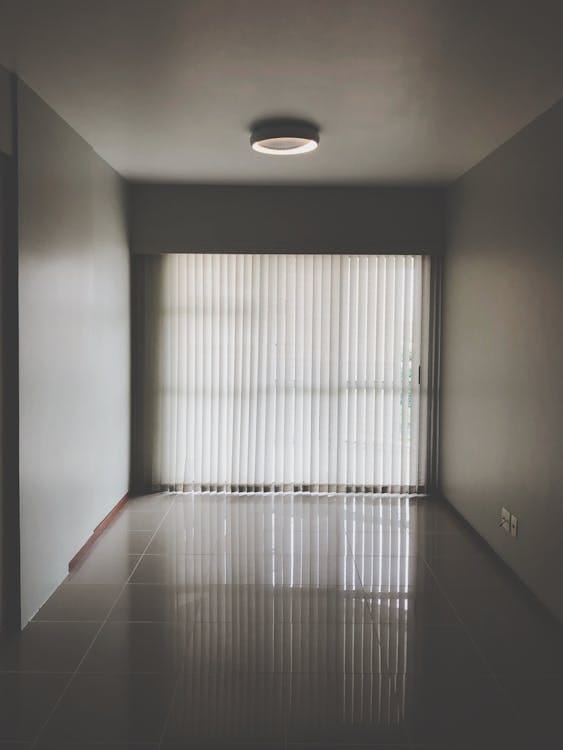Table of Contents
- Understanding Body Image: More Than Just What You See
- Ditching the ‘Ideal’: Why Chasing Perfection Is a Losing Game
- The Shift Towards Self-Acceptance: Body Positivity & Body Neutrality
- Actionable Strategies: Building Your Positive Body Image Toolkit
- Beyond Ourselves: Advocating for Change
- Conclusion: Your Body, Your Home
Building a Positive Body Image: Your Journey to Self-Acceptance Starts Now
Let’s be honest. How often do you look in the mirror and feel genuinely happy with what you see? For many of us, the reflection staring back is often met with critique, comparison, and a nagging feeling of ‘not good enough’. In a world saturated with filtered images and unrealistic beauty standards, cultivating a positive body image can feel like swimming against a powerful current. But what if I told you it’s not only possible but essential for your overall well-being? What if embracing self-acceptance could unlock a more joyful, confident, and fulfilling life?
This isn’t about magically loving every perceived ‘flaw’ overnight. It’s about shifting your perspective, challenging harmful norms, and learning to appreciate your body for the incredible vessel it is. Building a positive body image is a journey, not a destination, and it’s one absolutely worth taking. Ready to ditch the self-criticism and embrace a kinder, more accepting relationship with yourself? Let’s dive in.

Understanding Body Image: More Than Just What You See
Before we can change something, we need to understand it. So, what exactly *is* body image? It’s much more complex than simply liking or disliking your appearance. Body image refers to:
- Your Perception: How you *see* your body (which might not align with reality).
- Your Affect/Feelings: How you *feel about* your body (satisfaction, shame, pride, anxiety, etc.).
- Your Thoughts/Cognition: What you *think* and *believe* about your body.
- Your Behaviours: The actions you take as a result of your thoughts and feelings about your body (e.g., excessive checking, avoidance, restrictive eating, engaging in joyful movement).
Essentially, it’s your internal relationship with your physical self. This relationship can be positive, negative, or somewhere in between (often referred to as body neutrality).
The Forces Shaping Our Reflections
Our body image doesn’t develop in a vacuum. It’s constantly shaped (and often warped) by a multitude of external and internal factors:
- Media & Advertising: Perhaps the most pervasive influence. We’re bombarded daily with images of digitally altered, often unattainable ‘ideal’ bodies. This constant exposure can lead to comparison and dissatisfaction.
- Social Media: Curated feeds, filters, and the highlight reel effect create intense pressure to look a certain way. The comparison culture is amplified here.
- Family & Peers: Comments (even well-intentioned ones) about weight, shape, or appearance from loved ones can significantly impact our self-perception, especially during formative years. Growing up in a household focused on dieting or critical of appearances can ingrain negative patterns.
- Culture: Societal beauty standards vary across cultures and time periods, but the pressure to conform often remains.
- Personal Experiences: Past experiences like bullying, trauma, or health conditions can deeply affect how we view and feel about our bodies.
- Mental Health: Conditions like depression, anxiety, and low self-esteem often go hand-in-hand with negative body image. It can be a vicious cycle.
The High Cost of Negative Body Image
Struggling with poor body image isn’t just about feeling bad when you look in the mirror. It can have serious, far-reaching consequences on your mental and physical health:
- Low Self-Esteem: Constant self-criticism erodes overall confidence.
- Depression & Anxiety: Obsessive negative thoughts about one’s body can contribute significantly to mood disorders.
- Social Isolation: Feeling ashamed of one’s body can lead to avoiding social situations, intimacy, or activities like swimming.
- Disordered Eating & Eating Disorders: Negative body image is a major risk factor for developing conditions like anorexia nervosa, bulimia nervosa, and binge eating disorder.
- Reduced Physical Health: Ironically, hating your body can lead to neglecting its needs, avoiding exercise (or over-exercising harmfully), or delaying medical care.
Recognizing these influences and consequences is the first step towards challenging them and reclaiming your narrative.
Ditching the ‘Ideal’: Why Chasing Perfection Is a Losing Game
Let’s talk about the elephant in the room: the relentless pursuit of the ‘perfect’ body. Society, fueled by media and marketing, has created narrow and often unrealistic definitions of beauty. These standards often prioritize thinness for women, muscularity for men, youthfulness, specific facial features, and flawless skin – ideals that are statistically unattainable for the vast majority of the population.
This obsession with a singular ‘ideal’ is harmful for several reasons:
- It Promotes Comparison: We constantly measure ourselves against these manufactured ideals, leading to feelings of inadequacy.
- It Ignores Diversity: Human bodies naturally come in a beautiful array of shapes, sizes, colours, and abilities. The ‘ideal’ erases and devalues this natural diversity.
- It’s Often Unhealthy: Achieving or maintaining these ‘ideal’ bodies can sometimes require extreme dieting, excessive exercise, or cosmetic procedures, potentially compromising physical and mental health.
- It’s Ever-Changing: Beauty standards shift over time and across cultures, proving their arbitrary nature. Chasing a moving target is exhausting!
Embracing Body Diversity
True self-acceptance begins when we challenge these narrow ideals and start appreciating the incredible diversity of human forms. Your body’s shape, size, and appearance do not determine your worth, health, or happiness. Health, in particular, is complex and multifaceted – it cannot be accurately judged solely by looking at someone.
Moving away from the pursuit of perfection means shifting focus from *changing* your body to fit an ideal, towards *respecting* and *caring for* the body you have right now.

The Shift Towards Self-Acceptance: Body Positivity & Body Neutrality
Okay, so we know the problem. How do we start fixing it? The journey towards a healthier relationship with your body often involves exploring concepts like Body Positivity and Body Neutrality.
Understanding Body Positivity
The Body Positivity movement originated from fat acceptance activism and aimed to challenge unrealistic beauty standards, promote acceptance of all body types, and center marginalized bodies. Its core message is about loving and celebrating your body, regardless of its size, shape, or perceived imperfections.
Pros:
- Challenges harmful beauty norms.
- Encourages self-love and confidence.
- Promotes inclusivity and representation.
Potential Criticisms/Challenges:
- Can sometimes feel like pressure to *always* feel positive about your body, which isn’t realistic for everyone.
- Has sometimes been co-opted by commercial interests, diluting its original message.
- Can sometimes still place a strong emphasis on appearance, albeit a more inclusive one.
Exploring Body Neutrality
For those who find the constant pressure to *love* their body overwhelming, Body Neutrality offers an alternative perspective. It suggests moving away from focusing on appearance altogether – positive or negative. Instead, the focus shifts to appreciating what your body *does* for you and respecting it, without needing to feel overt ‘love’ or ‘positivity’ towards its appearance.
Think of it as detaching your self-worth from your physical form. Your body is the vessel that carries you through life, allows you to experience the world, and enables you to pursue your goals. Body neutrality encourages acceptance and respect for this functionality, rather than judgment based on aesthetics.
Benefits:
- Reduces the emphasis on appearance.
- Can feel more attainable than constant positivity.
- Promotes appreciation for function over form.
- Helps decouple self-worth from physical looks.
Ultimately, you might find that a blend of both approaches works best for you. The goal isn’t to label yourself but to find tools and perspectives that help you cultivate a kinder, more accepting relationship with your body.
Actionable Strategies: Building Your Positive Body Image Toolkit
Theory is great, but how do you actually *do* this? Building a positive body image requires conscious effort and practice. Here are practical, actionable strategies you can start implementing today:
1. Curate Your Media Diet
Just like you choose nourishing food, choose nourishing media. Be critical of what you consume:
- Unfollow ruthlessly: Remove social media accounts that make you feel bad about yourself, promote unrealistic ideals, or trigger comparison.
- Follow diversity: Actively seek out accounts showcasing a wide range of body types, ages, ethnicities, and abilities. Fill your feed with realistic and empowering representations.
- Limit exposure: Set time limits for social media apps. Be mindful of how much time you spend scrolling.
- Question what you see: Remember filters, posing, lighting, and digital alteration are rampant. Don’t compare your everyday reality to someone’s curated highlight reel. Develop media literacy skills.
2. Challenge Negative Self-Talk
That critical inner voice can be loud, but you don’t have to listen to it. Become aware of your negative thoughts about your body and actively challenge them:
- Notice the pattern: When do these thoughts arise? What triggers them?
- Question the validity: Is this thought actually true? Is it helpful? Where did it come from?
- Reframe the thought: Replace harsh criticisms with neutral or compassionate observations. Instead of “My stomach is disgusting,” try “This is my stomach. It helps me digest food.” Or, “I’m feeling critical of my stomach today, but I know my worth isn’t tied to its appearance.”
- Practice self-compassion: Talk to yourself like you would talk to a friend struggling with the same feelings. Offer kindness, understanding, and support.
- Consider affirmations (carefully): While sometimes controversial, affirmations focused on worth, strength, or gratitude (e.g., “My body deserves respect,” “I am more than my appearance”) can be helpful for some, but avoid affirmations that feel completely untrue or forced.
3. Focus on Functionality & Gratitude
Shift your focus from what your body *looks* like to what it *does* for you. This is a cornerstone of body neutrality and can be incredibly powerful:
- Make a list: Write down all the amazing things your body allows you to do – walking, breathing, laughing, hugging loved ones, tasting food, hearing music, thinking, creating.
- Practice gratitude: Take moments throughout the day to actively appreciate these functions. Thank your legs for carrying you, your lungs for breathing, your arms for lifting.
- Engage your senses: Pay attention to physical sensations – the warmth of the sun, the feeling of comfortable clothes, the taste of a delicious meal. Connect with your body through experience, not just appearance.

4. Practice Self-Compassion
Self-acceptance isn’t about never having a bad body image day. It’s about how you treat yourself when those days happen. Self-compassion involves:
- Mindfulness: Acknowledging your difficult thoughts and feelings without judgment.
- Common Humanity: Recognizing that suffering and feeling inadequate are part of the shared human experience. You are not alone.
- Self-Kindness: Actively comforting and soothing yourself when you’re struggling, rather than criticizing yourself.
Treat yourself with the same kindness and understanding you would offer a dear friend.
5. Move Your Body Joyfully
Reframe exercise. Instead of seeing it as punishment or solely a tool for weight loss, find ways to move your body that feel good and bring you joy:
- Focus on feeling: Pay attention to how movement makes you feel – stronger, more energetic, less stressed, more connected to your body.
- Find activities you enjoy: Dancing, walking in nature, swimming, team sports, yoga, gardening – whatever brings you pleasure.
- Listen to your body: Respect its limits. Rest when you need to. Don’t push yourself to the point of pain or injury in the name of fitness goals tied solely to appearance.
6. Nourish Your Body Intuitively
Ditch restrictive diets, which often fuel negative body image and disordered eating patterns. Explore principles of intuitive eating:
- Honour your hunger: Eat when you are biologically hungry.
- Respect your fullness: Stop eating when you feel comfortably full.
- Make peace with food: Give yourself unconditional permission to eat all foods. Deprivation often leads to cravings and bingeing.
- Challenge the food police: Silence the internal voice that labels foods as ‘good’ or ‘bad’.
- Consider satisfaction: Choose foods that you genuinely enjoy and that satisfy you.
- Cope with emotions kindly: Find ways to manage feelings without using food as your only coping mechanism.
- Respect your body: Treat your body with dignity and meet its needs.
This approach fosters a more peaceful relationship with food and your body.
7. Dress for Comfort and Confidence
Your clothes should serve *you*, not the other way around.
- Wear what fits *now*: Don’t save clothes for a ‘future’ body. Wear clothes that fit comfortably and make you feel good *today*. Ill-fitting clothes can be a constant negative reminder.
- Focus on feel: Choose fabrics and styles that feel good against your skin and allow you to move freely.
- Express your style: Use clothing as a form of self-expression, rather than trying to hide or conform.
8. Build a Supportive Community
Surround yourself with people who uplift you and respect your journey:
- Seek out positive friends: Connect with people who have a healthy relationship with their own bodies and who don’t constantly talk negatively about appearance or diet.
- Set boundaries: Politely shut down or redirect conversations focused on body shaming, diet talk, or appearance critiques (yours or others’). You have the right to protect your peace.
- Find like-minded communities: Online or offline groups focused on body acceptance or neutrality can provide valuable support.
9. Seek Professional Help When Needed
If negative body image significantly impacts your daily life, mental health, or eating habits, don’t hesitate to seek professional support. Therapists specializing in body image issues, eating disorders, or self-esteem can provide invaluable tools and guidance. Registered dietitians specializing in intuitive eating can help you heal your relationship with food.

Beyond Ourselves: Advocating for Change
While individual work is crucial, building a truly body-positive world requires systemic change. We can all play a part:
- Challenge beauty standards openly: Speak out against unrealistic portrayals in media and advertising.
- Promote diverse representation: Support brands and media that showcase genuine diversity.
- Educate others: Share resources and information about body image and self-acceptance.
- Model positive behaviour: Avoid negative self-talk about your own body or gossiping about others’ appearances. Compliment people on qualities other than their looks.
- Teach children body respect: Foster a positive body image environment for the next generation by focusing on health, function, and character rather than appearance.
Creating a culture where everyone feels comfortable and accepted in their own skin benefits us all.
Conclusion: Your Body, Your Home
Building a positive body image and embracing self-acceptance is not about reaching a state of perfect, unwavering love for every inch of yourself. It’s about quieting the external noise and internal criticism, and learning to treat your body with the respect, kindness, and gratitude it deserves. It’s about recognizing your inherent worth, which has absolutely nothing to do with the number on the scale or the size of your jeans.
Remember these key takeaways:
- Body image is complex and influenced by many factors.
- Societal beauty standards are often unrealistic and harmful; challenge them.
- Focus on what your body *does*, not just how it looks (embrace functionality).
- Practice self-compassion, especially on difficult days.
- Curate your media intake and challenge negative self-talk.
- Nourish and move your body with respect and joy.
- Seek support when needed – you don’t have to do this alone.
This journey requires patience, practice, and a commitment to choosing kindness over criticism. Start small, celebrate progress, and remember that your body is your home, the only one you’ll ever have. It’s time to make peace with it and start living more fully within it. Your journey to body confidence and acceptance starts now.



